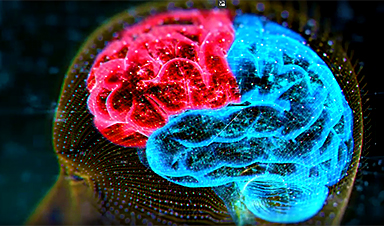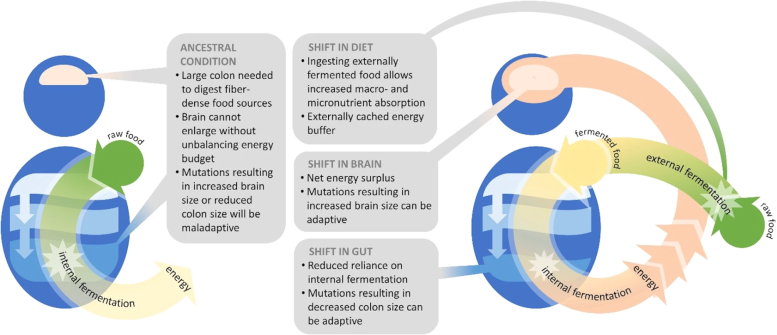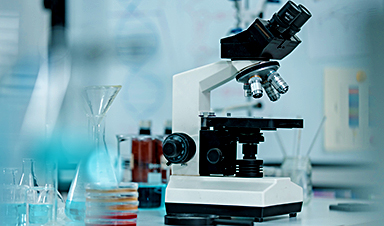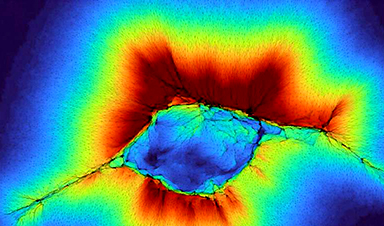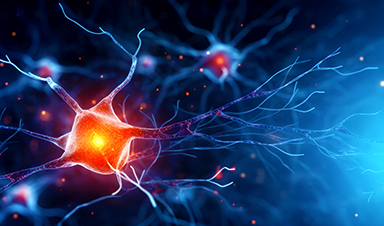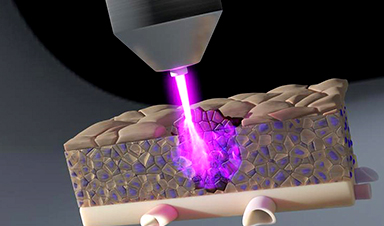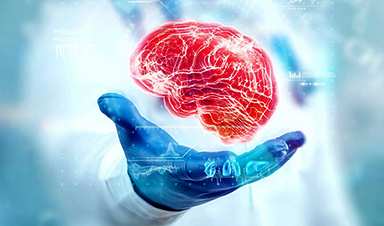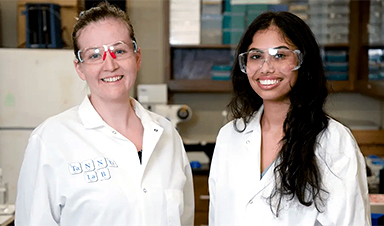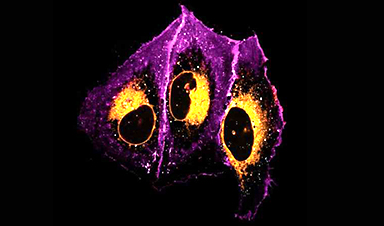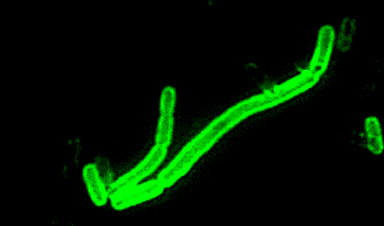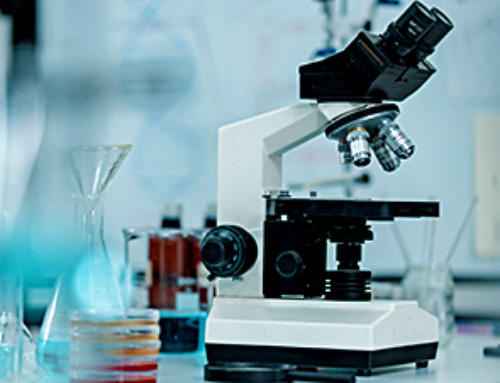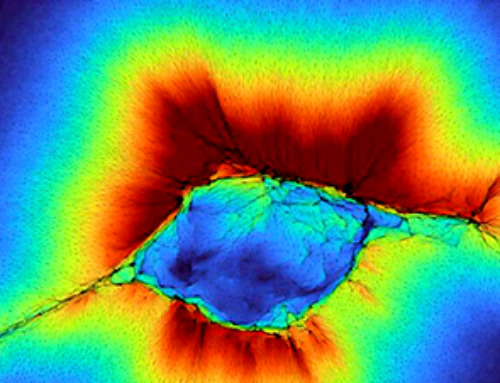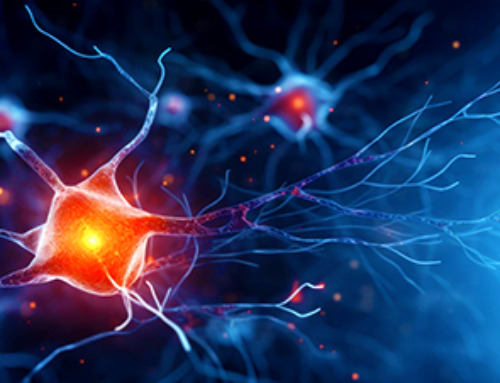The study hypothesizes that ‘pre-digested’ foods contributed to the development of larger brains.
The large, capable human brain is a marvel of evolution, but how it evolved from a smaller primate brain into the creative, complex organ of today is a mystery. Scientists can pinpoint when our evolutionary ancestors evolved larger brains, which roughly tripled in size as human ancestors evolved from the bipedal primates known as Australopithecines.
But why it happened when it did – what spurred that change – has remained elusive. While some have theorized that the use of fire, and the subsequent invention of cooking, gave our ancestors enough nourishment for our larger-brained ancestors to become dominant, a new theory points to a different spark: fermentation.
The Role of Diet in Brain Evolution
The key to understanding how our brains grew is most likely rooted in what – and how – we eat, said Erin Hecht, one of the authors of the study which was recently published in Nature Communications Biology.
“Brain tissue is metabolically expensive,” said the Human Evolutionary Biology assistant professor. “It requires a lot of calories to keep it running, and in most animals, having enough energy just to survive is a constant problem.” For larger-brained Australopiths to survive, therefore, something must have changed in their diet. Theories put forward have included changes in what these human ancestors consumed or, most popularly, that the discovery of cooking allowed them to garner more usable calories from whatever they ate.
But the problem with this theory is that the earliest evidence places the use of fire at approximately 1.5 million years ago – significantly later than the development of the hominid brain. “Our ancestors’ cranial capacity began increasing 2.5 million years ago, which conservatively gives us about a 1-million-year gap in the timeline between brain size increasing and the possible emergence of cooking technology,” explained Katherine L. Bryant, one of the paper’s co-authors and currently a researcher at the Institute for Language, Communication, and the Brain at Aix-Marseille Université in France. “Some other dietary change must have been releasing metabolic constraints on brain size, and fermentation seems like it could fit the bill.”
Added Hecht: “Whatever changed in their diets had to have happened before brains started getting bigger.”
Fermentation: A New Perspective on Brain Growth
She continued, noting that during the last few years, researchers have postulated other options, such as the consumption of rotting meat. In this new paper, Hecht and her team offer a different hypothesis: that cached (or saved) food fermented, and that this “pre-digested” food provided a more accessible form of nourishment, fueling that bigger brain and allowing our larger-brained ancestors to survive and thrive through natural selection.
The shift was probably a happy accident. “This was not necessarily an intentional endeavor,” Hecht posited. “It may have been an accidental side effect of caching food. And maybe, over time, traditions or superstitions could have led to practices that promoted fermentation or made fermentation more stable or more reliable.”
This hypothesis is supported by the fact that the human large intestine is proportionally smaller than that of other primates, suggesting that we adapted to food that was already broken down by the chemical process of fermentation. In addition, fermented foods are found in all cultures and across food groups, from Europe’s wine and cheese to Asia’s soy sauce and natto, or soybeans.
Hecht suggested that an additional study of brain responses to fermented and non-fermented foods might be useful, as might one of olfactory and taste receptors, perhaps using ancient DNA. For the evolutionary biologist, these are all fertile areas for other researchers to pick up on. (Hecht’s focus is more on “how brain circuits have evolved to support complex behaviors” with research on both living humans and dogs.)
As research progresses, Bryant sees possibilities for a wide range of benefits. “This hypothesis also gives us as scientists even more reasons to explore the role of fermented foods on human health and the maintenance of a healthy gut microbiome,” she said. “There have been a number of studies in recent years linking gut microbiome to not only physical but mental health.”
Reference: “Fermentation technology as a driver of human brain expansion” by Katherine L. Bryant, Christi Hansen and Erin E. Hecht, 23 November 2023, Communications Biology.
DOI: 10.1038/s42003-023-05517-3
News
Study Shows Brain Signals Only Matter if They Arrive on Time
Signals are processed only if they reach the brain during brief receptive cycles. This timing mechanism explains how attention filters information and may inform therapies and brain-inspired technologies. It has long been recognized that [...]
Does Space-Time Really Exist?
Is time something that flows — or just an illusion? Exploring space-time as either a fixed “block universe” or a dynamic fabric reveals deeper mysteries about existence, change, and the very nature of reality. [...]
Unlocking hidden soil microbes for new antibiotics
Most bacteria cannot be cultured in the lab-and that's been bad news for medicine. Many of our frontline antibiotics originated from microbes, yet as antibiotic resistance spreads and drug pipelines run dry, the soil [...]
By working together, cells can extend their senses beyond their direct environment
The story of the princess and the pea evokes an image of a highly sensitive young royal woman so refined, she can sense a pea under a stack of mattresses. When it comes to [...]
Overworked Brain Cells May Hold the Key to Parkinson’s
Scientists at Gladstone Institutes uncovered a surprising reason why dopamine-producing neurons, crucial for smooth body movements, die in Parkinson’s disease. In mice, when these neurons were kept overactive for weeks, they began to falter, [...]
Old tires find new life: Rubber particles strengthen superhydrophobic coatings against corrosion
Development of highly robust superhydrophobic anti-corrosion coating using recycled tire rubber particles. Superhydrophobic materials offer a strategy for developing marine anti-corrosion materials due to their low solid-liquid contact area and low surface energy. However, [...]
This implant could soon allow you to read minds
Mind reading: Long a science fiction fantasy, today an increasingly concrete scientific goal. Researchers at Stanford University have succeeded in decoding internal language in real time thanks to a brain implant and artificial intelligence. [...]
A New Weapon Against Cancer: Cold Plasma Destroys Hidden Tumor Cells
Cold plasma penetrates deep into tumors and attacks cancer cells. Short-lived molecules were identified as key drivers. Scientists at the Leibniz Institute for Plasma Science and Technology (INP), working with colleagues from Greifswald University Hospital and [...]
This Common Sleep Aid May Also Protect Your Brain From Alzheimer’s
Lemborexant and similar sleep medications show potential for treating tau-related disorders, including Alzheimer’s disease. New research from Washington University School of Medicine in St. Louis shows that a commonly used sleep medication can restore normal sleep patterns and [...]
Sugar-Coated Nanoparticles Boost Cancer Drug Efficacy
A team of researchers at the University of Mississippi has discovered that coating cancer treatment carrying nanoparticles in a sugar-like material increases their treatment efficacy. They reported their findings in Advanced Healthcare Materials. Over a tenth of breast [...]
Nanoparticle-Based Vaccine Shows Promise in Fighting Cancer
In a study published in OncoImmunology, researchers from the German Cancer Research Center and Heidelberg University have created a therapeutic vaccine that mobilizes the immune system to target cancer cells. The researchers demonstrated that virus peptides combined [...]
Quantitative imaging method reveals how cells rapidly sort and transport lipids
Lipids are difficult to detect with light microscopy. Using a new chemical labeling strategy, a Dresden-based team led by André Nadler at the Max Planck Institute of Molecular Cell Biology and Genetics (MPI-CBG) and [...]
Ancient DNA reveals cause of world’s first recorded pandemic
Scientists have confirmed that the Justinian Plague, the world’s first recorded pandemic, was caused by Yersinia pestis, the same bacterium behind the Black Death. Dating back some 1,500 years and long described in historical texts but [...]
“AI Is Not Intelligent at All” – Expert Warns of Worldwide Threat to Human Dignity
Opaque AI systems risk undermining human rights and dignity. Global cooperation is needed to ensure protection. The rise of artificial intelligence (AI) has changed how people interact, but it also poses a global risk to human [...]
Nanomotors: Where Are They Now?
First introduced in 2004, nanomotors have steadily advanced from a scientific curiosity to a practical technology with wide-ranging applications. This article explores the key developments, recent innovations, and major uses of nanomotors today. A [...]
Study Finds 95% of Tested Beers Contain Toxic “Forever Chemicals”
Researchers found PFAS in 95% of tested beers, with the highest levels linked to contaminated local water sources. Per- and polyfluoroalkyl substances (PFAS), better known as forever chemicals, are gaining notoriety for their ability [...]
